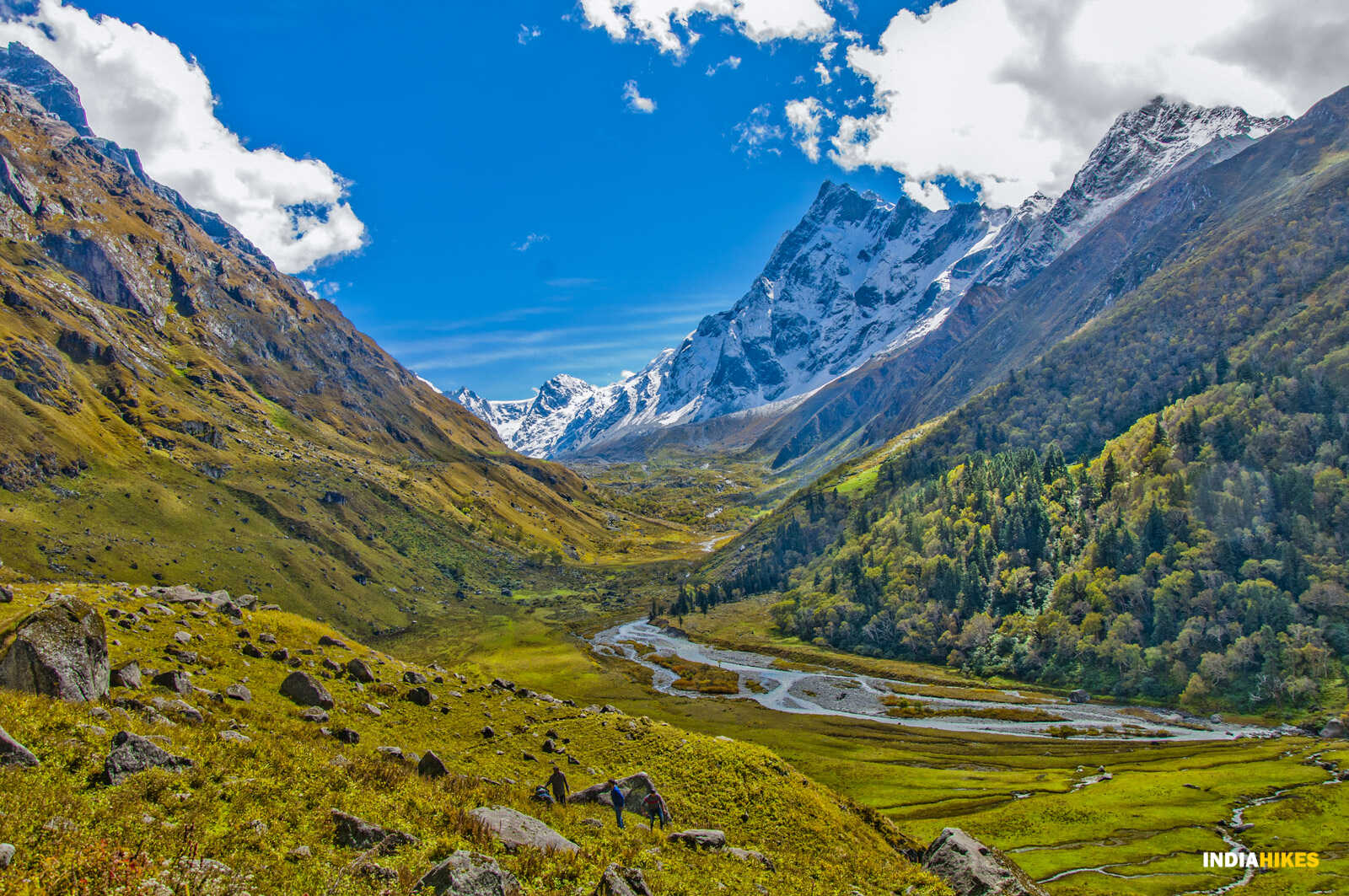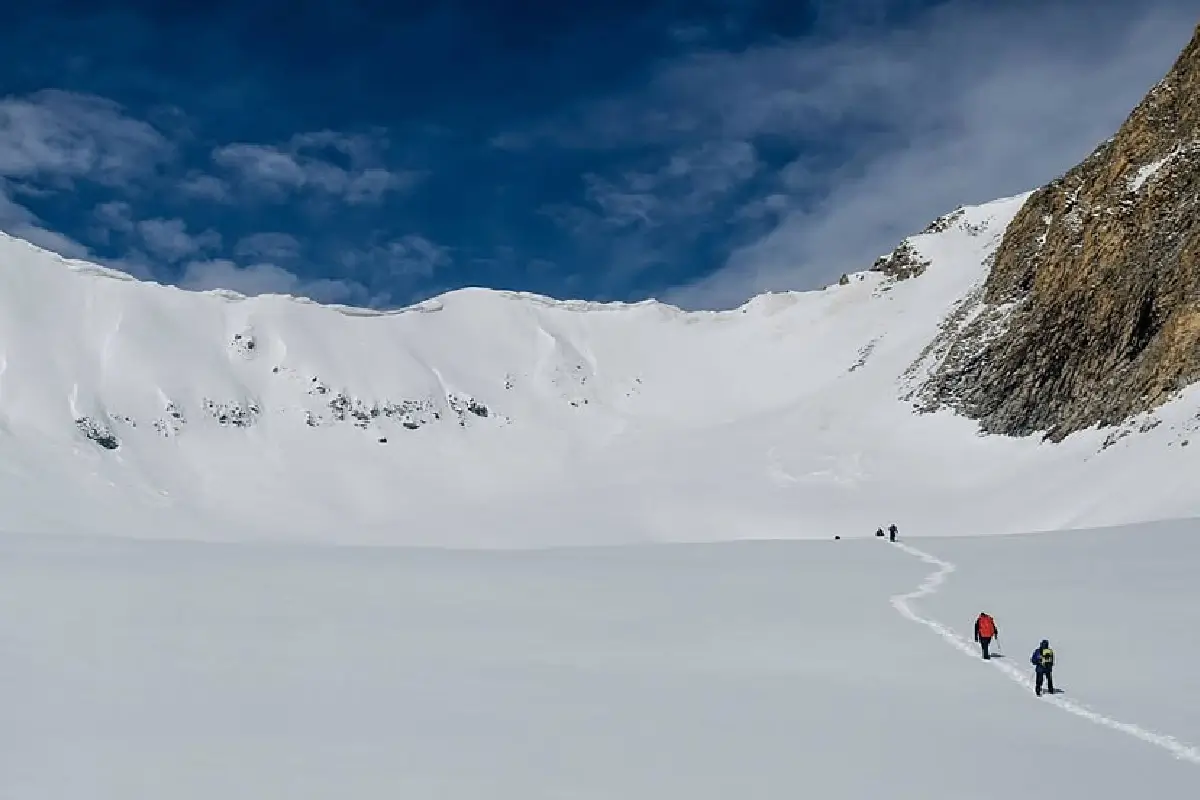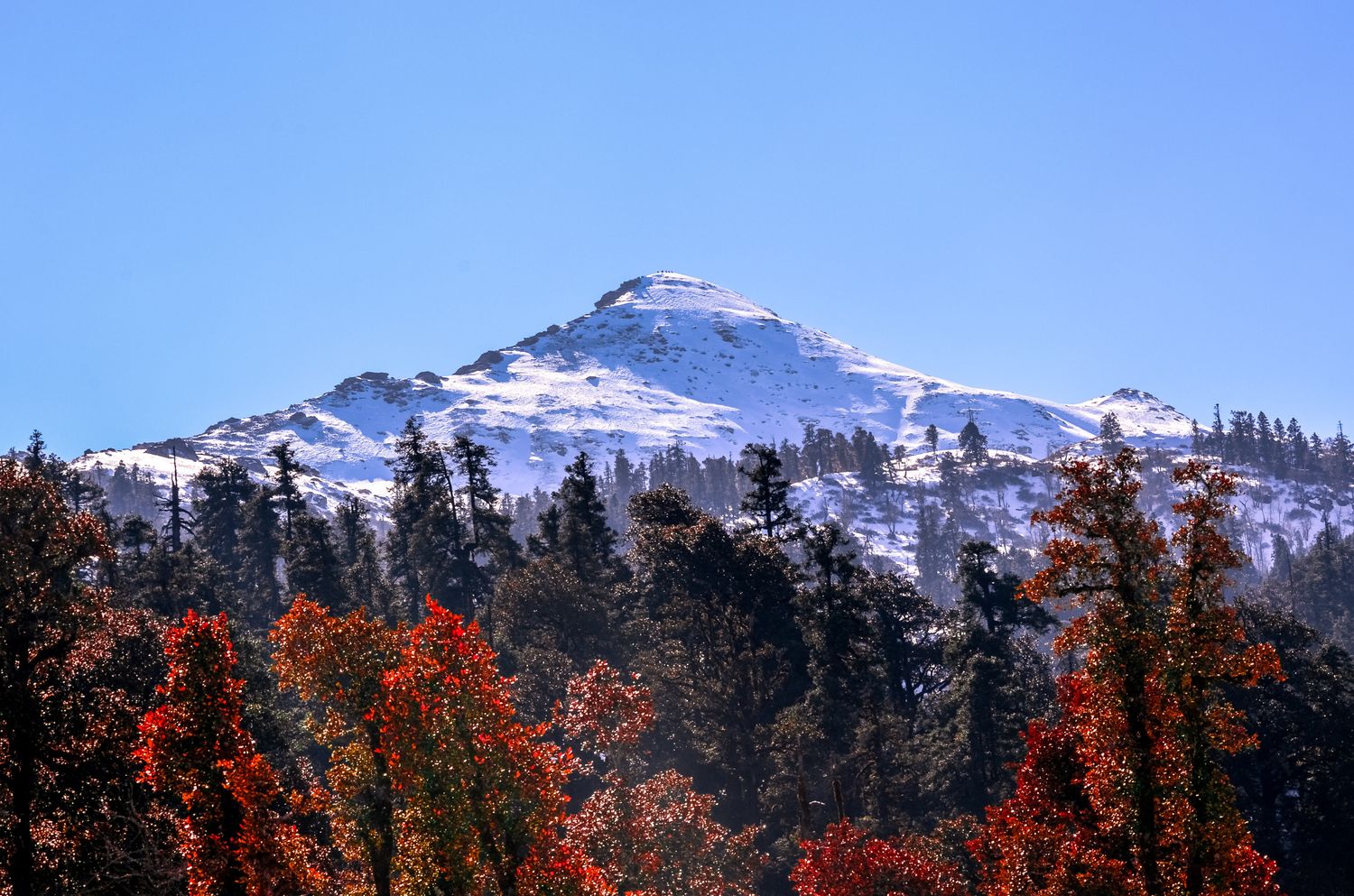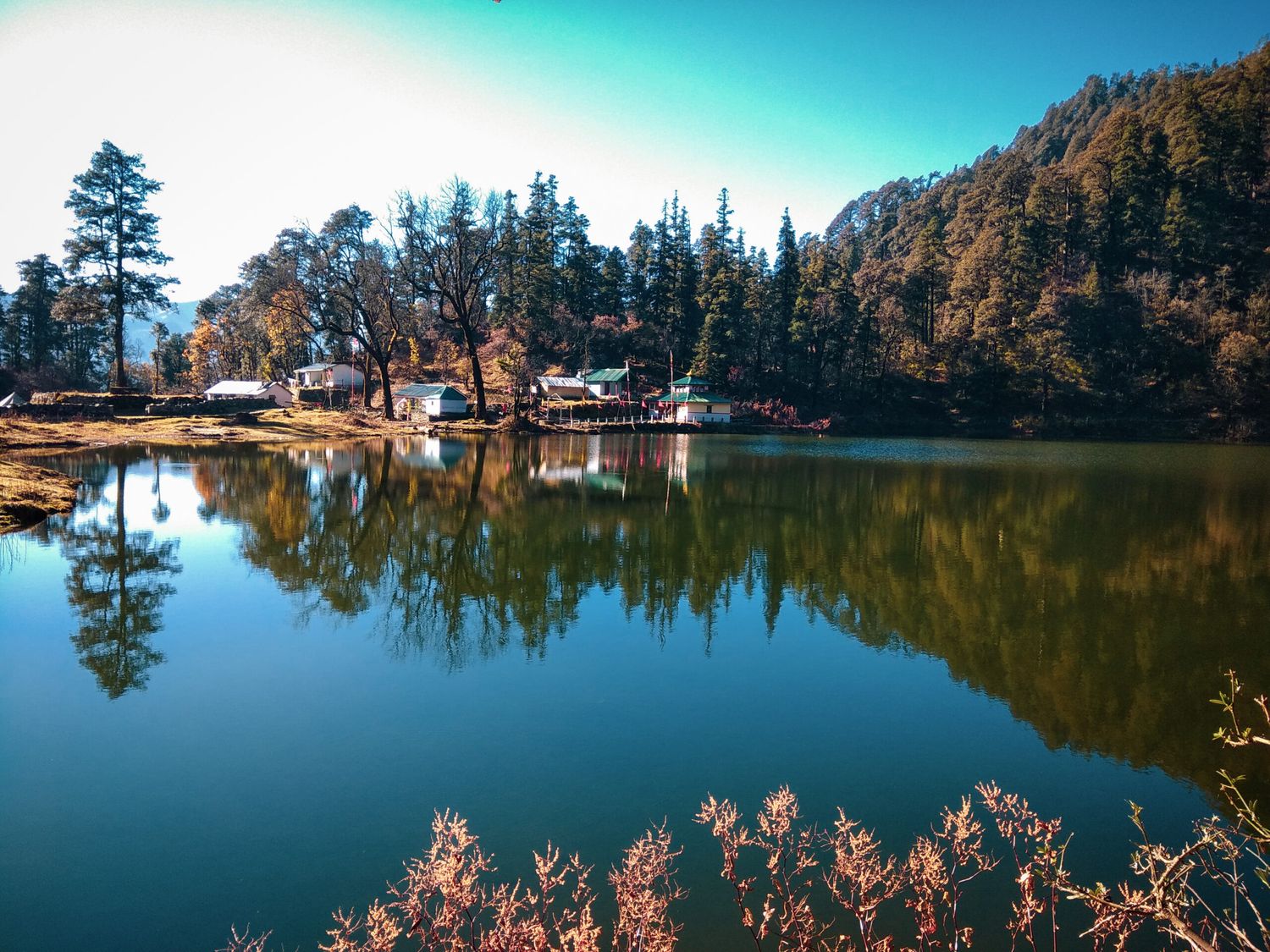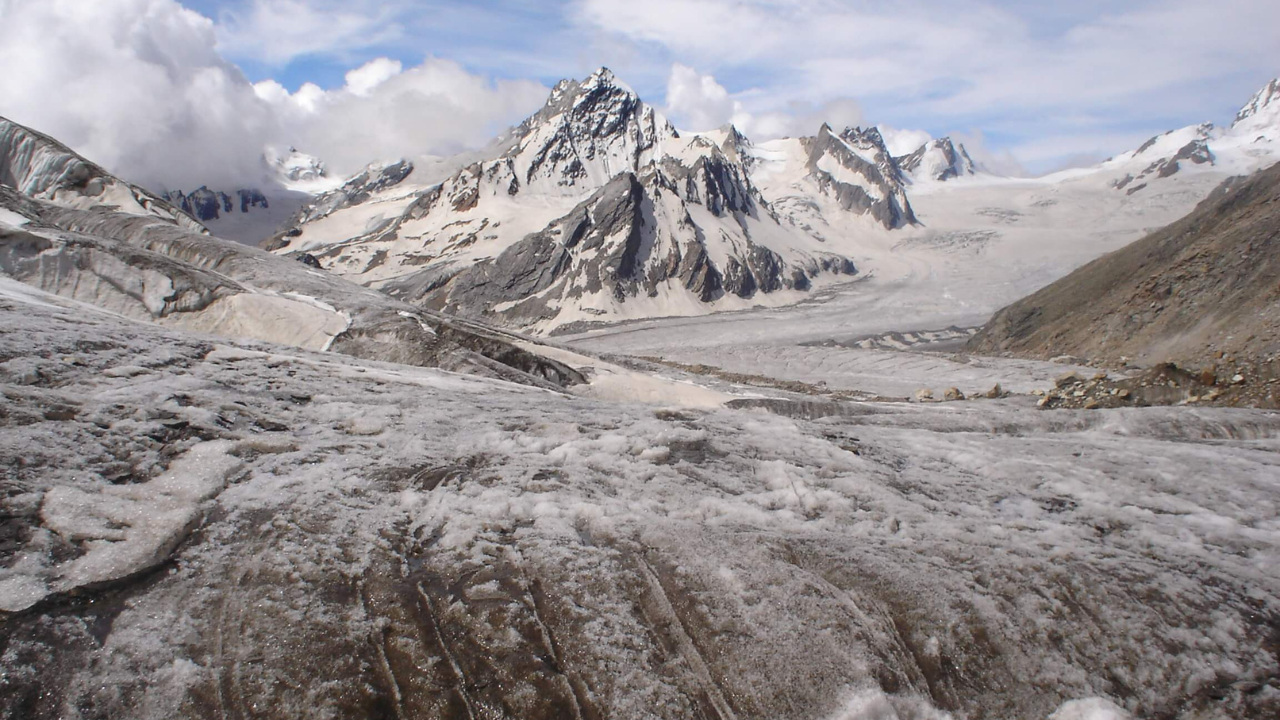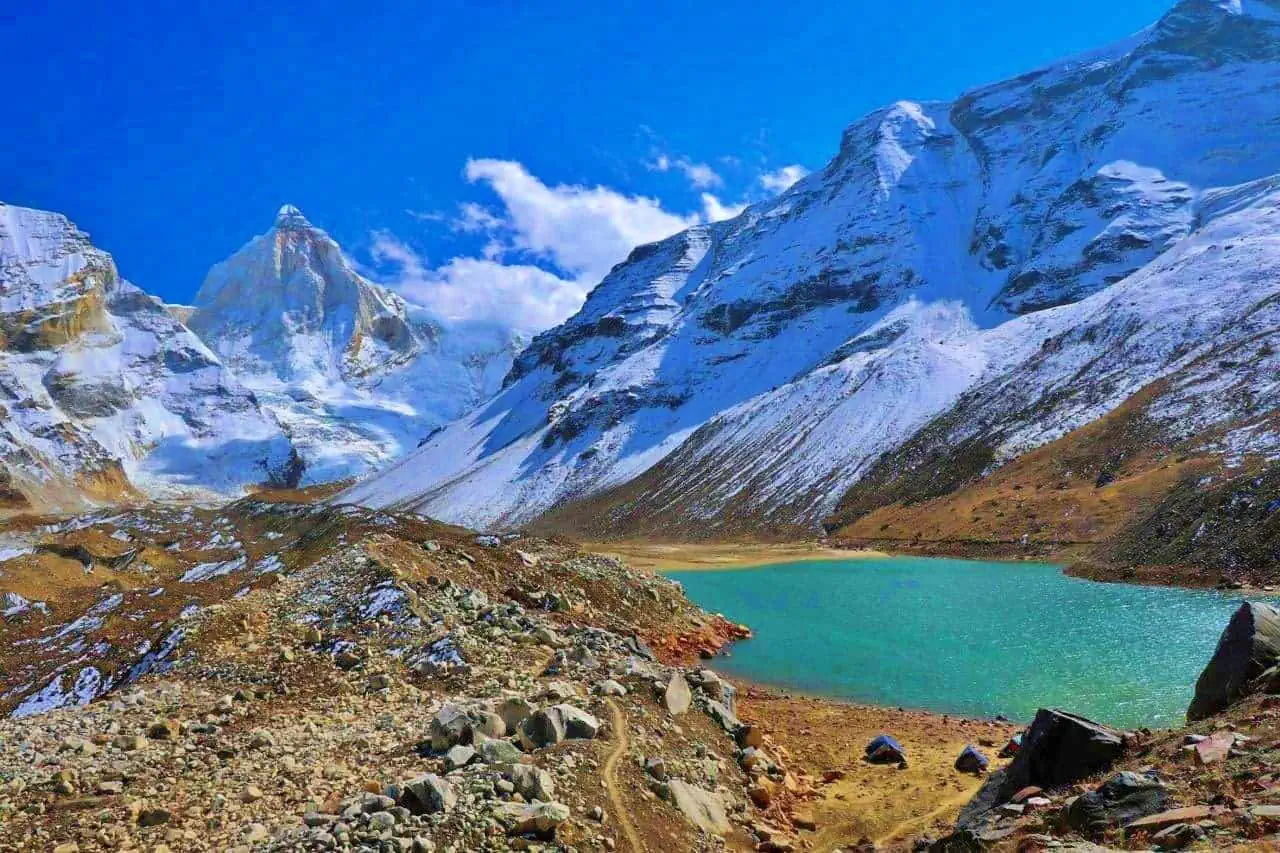Har Ki Dun Trek: A Journey Through the Valley of Gods
The Har Ki Dun Trek is one of the most scenic treks in the Indian Himalayas, offering a mix of ancient culture, mythological relevance, and raw alpine beauty. Tucked deep inside Govind National Park, the trail leads you through charming villages, lush pine forests, alpine meadows, and finally to the beautiful cradle-shaped Har Ki Dun Valley. This is one of the few treks where you can witness traditional Himalayan life and mythology alive in practice.
A Trail Steeped in Mythology
Har Ki Dun translates to “Valley of Gods” and is believed to be the path taken by the Pandavas on their way to heaven. Local villages still perform rituals and festivals tied to Mahabharata legends, making this trek spiritually enriching.
Villages Frozen in Time
Villages like Osla and Gangad offer a unique window into untouched Himalayan culture. Ancient wooden temples, slow-paced life, and traditional architecture make these villages highlights of the trek.
A Photographer’s Paradise
Snow-capped peaks like Swargarohini, Black Peak, and Bandarpoonch constantly accompany you. Meadows, river crossings, and panoramic ridgelines make every step a frame-worthy scene.
Perfect for All Seasons
Spring blooms with rhododendrons, summer offers vibrant greens, autumn is golden, and winter wraps the valley in snow. Har Ki Dun is among the few treks enjoyable almost year-round.
